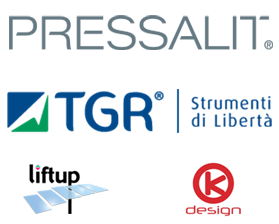
Braille signage helps blind or visually impaired people read important information using touch. These signs use raised dots and letters called Braille. You can find them in places like hospitals, hotels, offices, restrooms, and public transport stations. They make buildings easier and safer for everyone to use.
What Is Braille Signage?
Braille signage is a type of sign that has raised letters and Braille dots. Braille is a writing system made up of dots that can be read by touching. These signs help people with low or no vision find their way around buildings.
What Are the Uses of Braille Signage?
- Helps People Navigate: Braille signs help people with visual impairments know where they are, such as outside a restroom or an elevator.
- Improves Safety: Signs can guide people during emergencies or help them find exits.
- Promotes Independence: Blind or visually impaired individuals can move around without needing help.
- Meets Legal Requirements: Many countries require buildings to have Braille signs to follow accessibility laws.
What Are the ADA Guidelines for Braille Signage?
In the United States, the Americans with Disabilities Act (ADA) provides rules for Braille signs. These rules include:
- Braille must be Grade 2, a shortened form of Braille.
- Text must be raised and readable by touch.
- Signs should be placed at a height between 48 to 60 inches from the ground.
- The sign should use simple, easy-to-read fonts.
- It must be mounted on the latch side of doors when possible.
Where Is ADA Braille Signage Required by Law?
According to ADA rules, Braille signage is required in many public and commercial places, including:
- Restrooms
- Stairwells and elevators
- Hotel rooms
- Office and classroom numbers
- Emergency exits
- Public transportation areas
These signs make sure people with vision problems can find important areas in a building.
How Many Types of Braille Signage Are There?
There are different types of Braille signage based on their purpose:
- Room Identification Signs: Show room numbers, names, or functions (like “Restroom” or “Office”).
- Directional Signs: Give directions by like “Exit Left” or “Elevator Ahead”.
- Informational Signs: Give details like building hours or rules.
- Warning Signs: Alert people about danger, like “Caution: Wet Floor”.
Conclusion
Braille signage is important for making spaces welcoming and safe for everyone. It helps blind or visually impaired people live more independently and safely. Prosafe living following ADA guidelines and placing Braille signs in the right places, we can build a more inclusive world.









